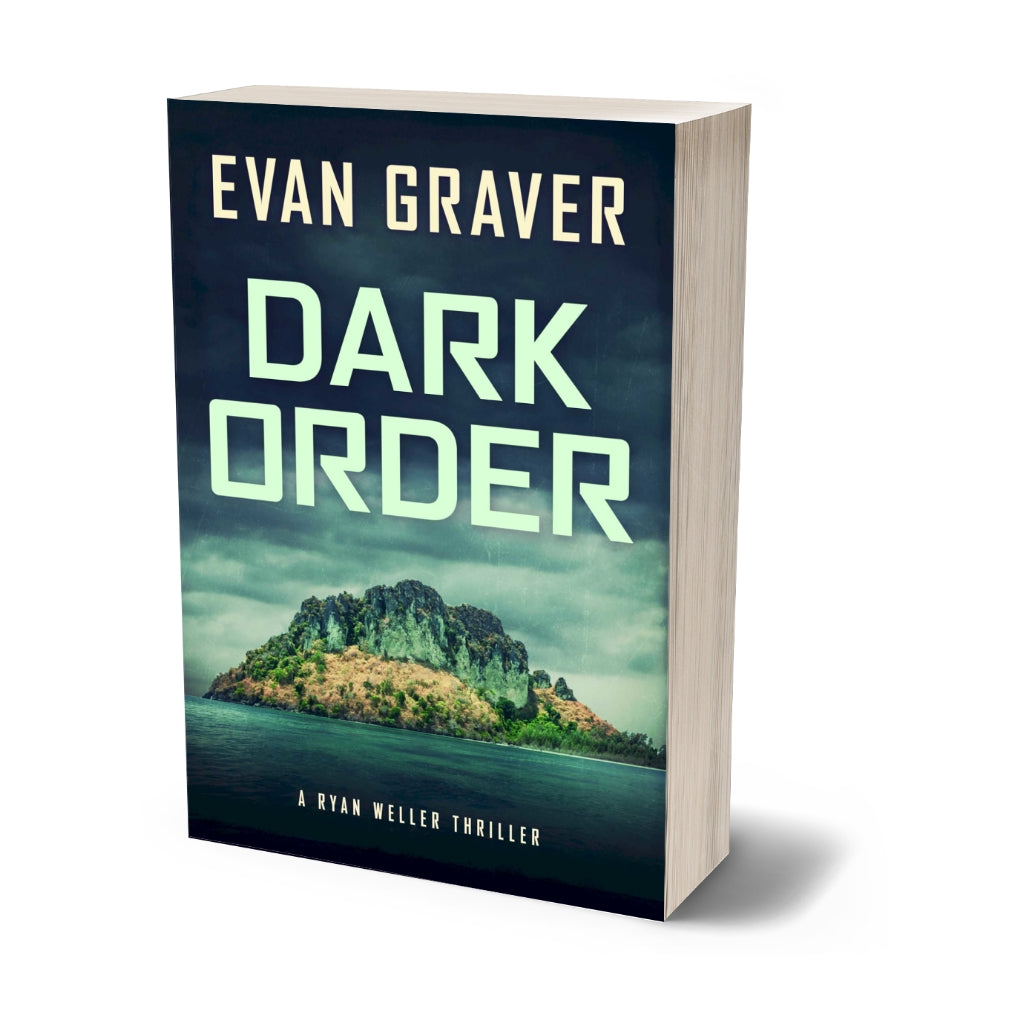Evan Graver
N. Dark Order: A Ryan Weller Thriller Book 13 Paperback
N. Dark Order: A Ryan Weller Thriller Book 13 Paperback
Couldn't load pickup availability
This premium paperback is printed and shipped on demand.
Please allow 2 to 4 weeks for delivery.
Dark Order: A Ryan Weller Thriller Book 13
An island paradise … Hidden Nazi gold … A deadly battleground
When Steve Carlton purchases Big Darby Island in the Exuma Cays so his daughter can build a tropical getaway, he’s faced with one disaster after another. Someone wants him to leave his own island and is willing to do whatever it takes to make him.
Desperate, Carlton turns to Ryan Weller, whose growing reputation as a troubleshooter has garnered more headlines than he’d like. He agrees to exorcise the “ghosts” that haunt Big Darby, but when the former EOD tech arrives, the only person he finds is Carlton’s daughter Diane, a woman hellbent on restoring a neglected house and to starting a new life. She’s not about to be scared off or persuaded to leave, even if it’s for her own good.
The “ghosts” have their own plans—a methodical search for Nazi gold secreted out of Berlin during the closing days of World War II. To find it, they’ll let nothing—or no one—stand in their way. Forced into hunting for the gold, Ryan finds himself trapped between a relentless adversary intent on installing a Fourth Reich and the desire to save a woman he is desperately trying to distance himself from. But in order to save both their lives, he must first play the deadliest game …
|
Paperback |
334 pages |
|
Dimensions |
6 x 9 inches (152 x 229 mm) |
|
ISBN |
979-8985044874 |
|
Publication Date |
December 21, 20213 |
|
Publisher |
Third Reef Publishing, LLC |
How do I get my book?
How do I get my book?
These premium paperbacks are printed on demand by Lulu. Once you buy a paperback, the order is sent to Lulu, and they will print it and ship it directly to your home.
Read A Sample
Read A Sample


